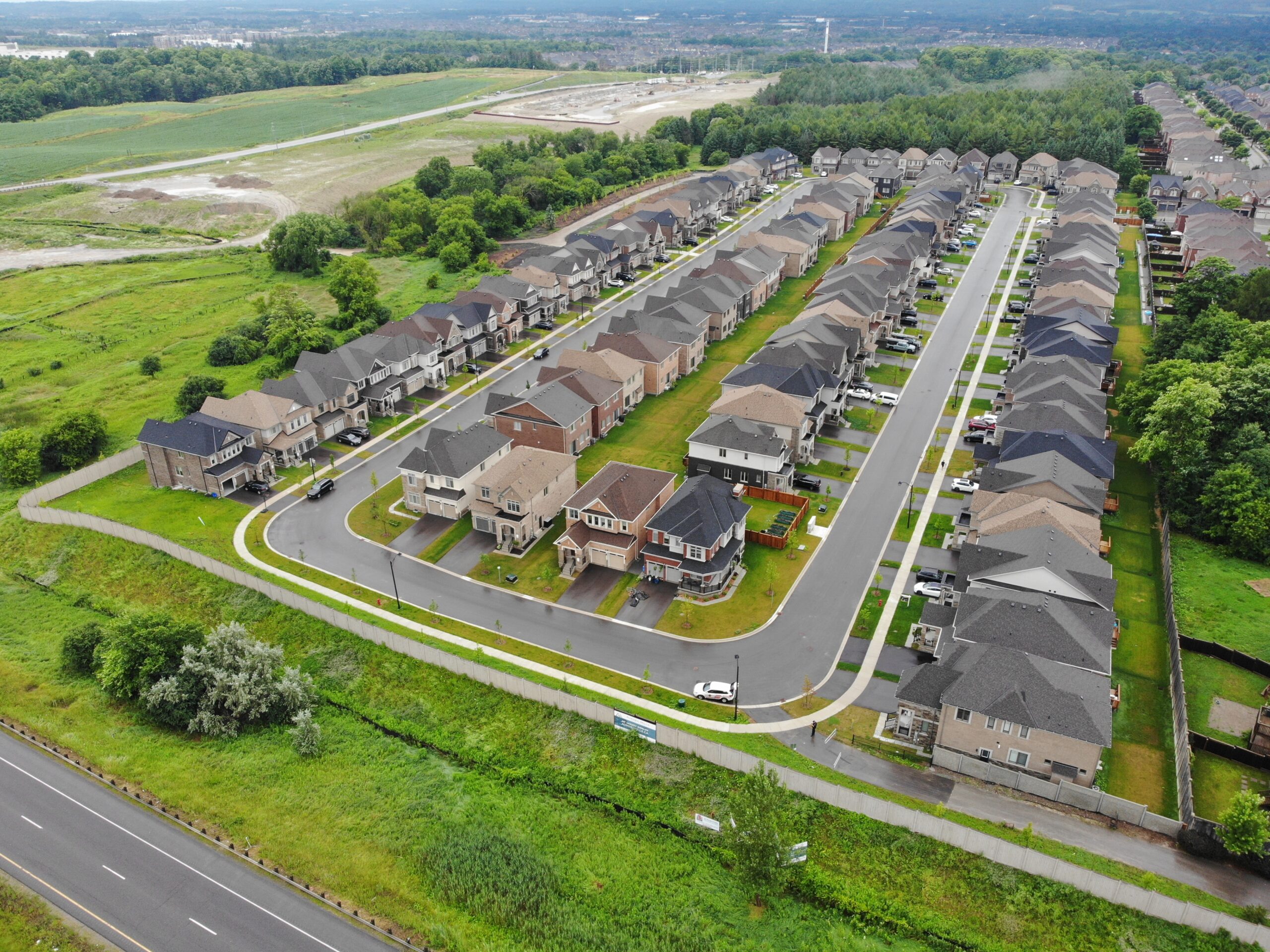Home fire sprinkler incentives can open new doors figuratively and literally. Numerous examples have shown how fire service leadership has collaborated with planners and developers during the pre-planning stages of development, resulting in protected homes and cost-savings. This approach is a key component of Community Risk Reduction in ensuring that new homes are equipped with fire sprinklers.
The April 2022 CAFC White Paper on home fire sprinklers emphasized the importance of incentivizing the use of sprinklers at the local level to protect residents. A survey found that 76% of fire chiefs identified the lack of local incentives as the second largest hindrance to sprinkler adoption. The paper recommended adopting a suite of incentives, similar to a menu in a restaurant, to meet local needs effectively.
The NFPA report on Sprinkler Incentives categorized incentives into three groups:
• Financial Incentives: These include waiving permit fees, reducing lot fees, and property tax reductions.
• Reduction in Design Requirements: This category comprises relaxed fire assembly requirements and the ability to waive certain building code provisions.
• Development Planning Incentives: These incentives involve reduced lot lines, water supplies, and increased grades, among others.
According to the report, these incentives can offset up to one third of the cost of installing sprinklers. Recent project examples in Canada have demonstrated even higher offsets, with community developments proceeding solely because they included sprinklers. The Livingstone and Hotchkiss subdivisions in Calgary, AB were able to begin development prior to the construction of fire halls because of the addition of sprinklers to the new homes. The Gryffin Bluffs Development in Huntsville, ON permitted 26 new homes that had street grade and access concerns to be built because they were sprinklered. In Richmond Hill, ON a 171-home development was permitted that would have been limited to 100 homes solely because of building with sprinklers. In Central York, ON a 109-home subdivision with access and travel time limitations was able to be built because each home was sprinklered. In fact, Chief Ryan Schell of Central York was recognized by HFSC with their 2024 Bringing Fire Safety Home Award for the work that he has done in Central York. These are just a few examples where knowledgeable leaders saw the opportunity to overcome development hurdles by building with sprinklers.
Here is a link to an informative video Central York created about home fire sprinklers including how residents can do a flow test: https://www.youtube.com/watch?v=z74AAtxg2Eo
Utilizing sprinkler incentives in development planning eliminates the need for municipal bylaws, as the conditions for development can be outlined in municipal development agreements. A municipal development agreement could simply outline the agreed conditions for the development to proceed. In fact, there is a greater number of homes being protected each year through such agreements.
Establishing a knowledgeable fire safety team allows communities to take advantage of sprinklers as opportunities arise, as evident from these examples. Additionally, educating homeowners about the benefits of sprinklers should be integrated into a municipality’s public education program, similar to smoke alarms and CO detectors. HFSC Canada offers free public education resources to Built for Life Fire Departments and conducts an annual Home Fire Sprinkler Week campaign in May, making it easier for departments to participate with informative materials and proven safety messaging.
For communities interested in exploring the doors that sprinklers can open, reaching out to HFSC Canada can facilitate discussions with all relevant parties, including the option of hosting a Lunch and Learn session. HFSC Canada is committed to assisting in further exploring these opportunities for community safety and development.
The CAFC White Paper and this web site goes into more detail and more examples. The full report can be accessed at: https://cdn.ymaws.com/cafc.ca/resource/resmgr/sprinklers/sprinkler-report/CAFC_2022_Sprinkler_Report_E.pdf

